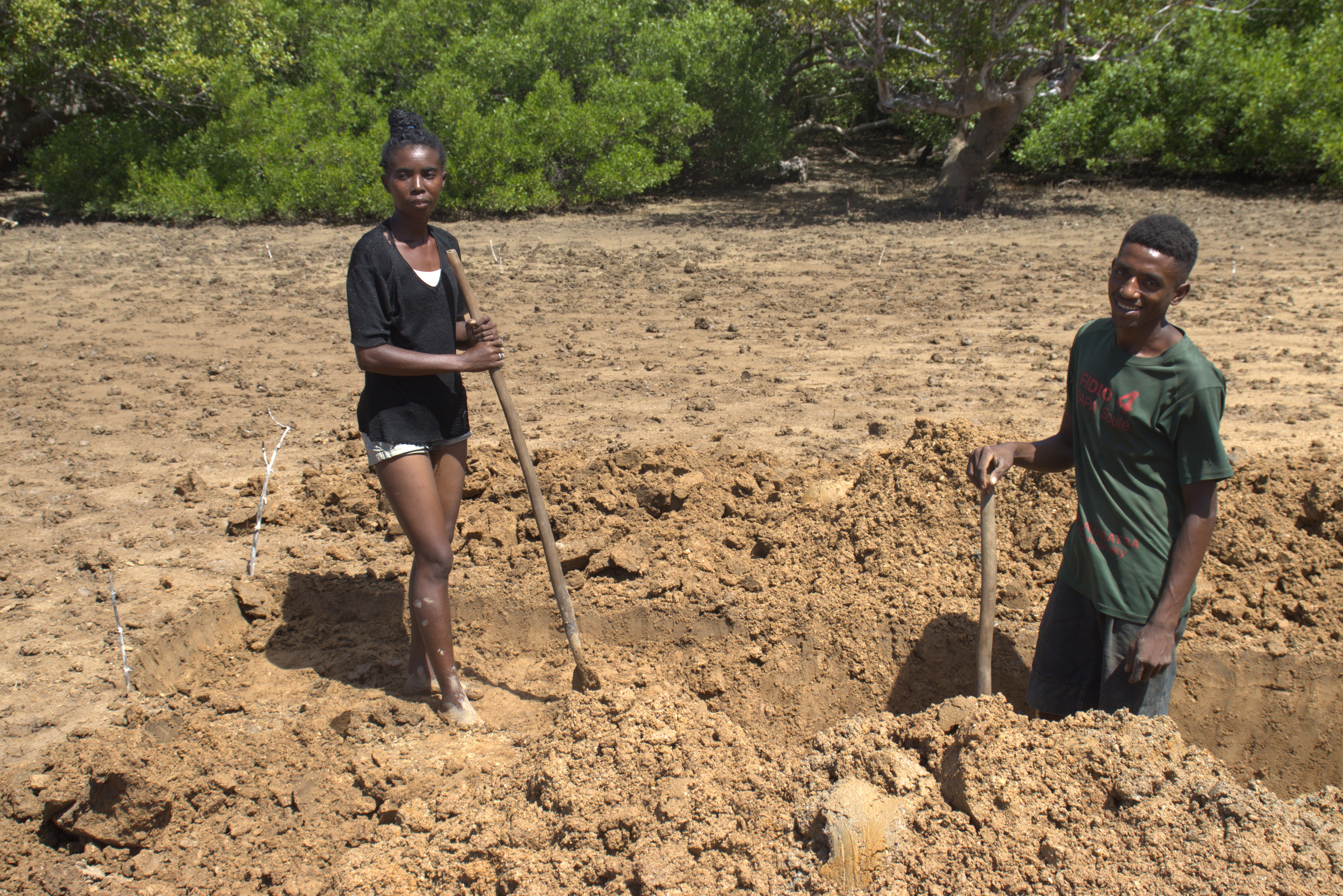At the early stage of the trading platform planning, public education and outreach were conducted to promote the Sponge City concept and to introduce trade.
Many local community residents come to visit and learn, which stimulated the residents' interest in the utilization of rainwater resources.
Public seminars and meetings near the site have also been arranged to meet the needs of different parties, from local residents to professionals. The community rainwater collection system has signs, posters, and billboards designed for local residences' and students' environmental education.
It takes time for the local residents to learn new things. Sponge City is a new concept in China, and so is the stormwater trade. Public education and outreach need to be planned before the design and construction of facilities, so the residents can be noted at the very beginning from the design, construction, and operations.
It is also important to have educational materials near some demonstration sites to introduce Sponge City and rainwater harvesting, etc.
In some communities in Changsha, this effort has been implemented at the very beginning of the Sponge City initiative, which greatly allows the stormwater trade being progressed smoothly.
Residents of the local community who participated in the transaction expressed their support for rainwater harvesting, reuse, and trades.
